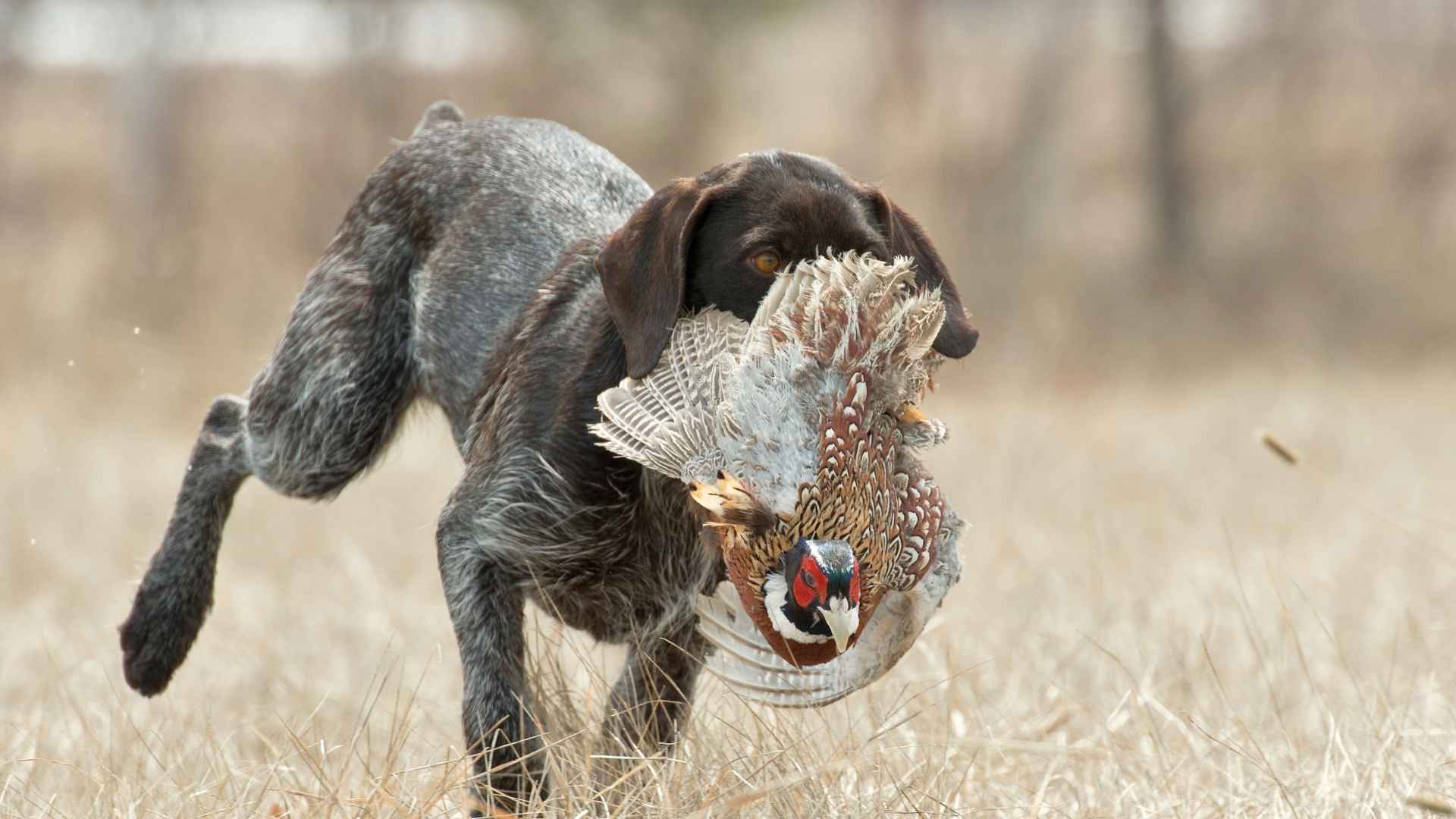For centuries, hunters have relied on these remarkable dogs to chase down game, whether it’s rabbits, deer, or even mountain lions. With their incredible sense of smell and unwavering stamina, hounds stand out as some of the best hunting dogs in the world.
Unlike flushing dogs that force prey out of hiding, hounds specialize in tracking and pursuing with unmatched precision.
From the tenacious Beagle to the fearless Plott Hound, each breed has its own strengths. Whether you’re a bird hunter, a big-game tracker, or looking for a devoted hunting companion, there’s a hound perfectly suited for the job.
Hunting Hound Dog Breeds
1. Beagle
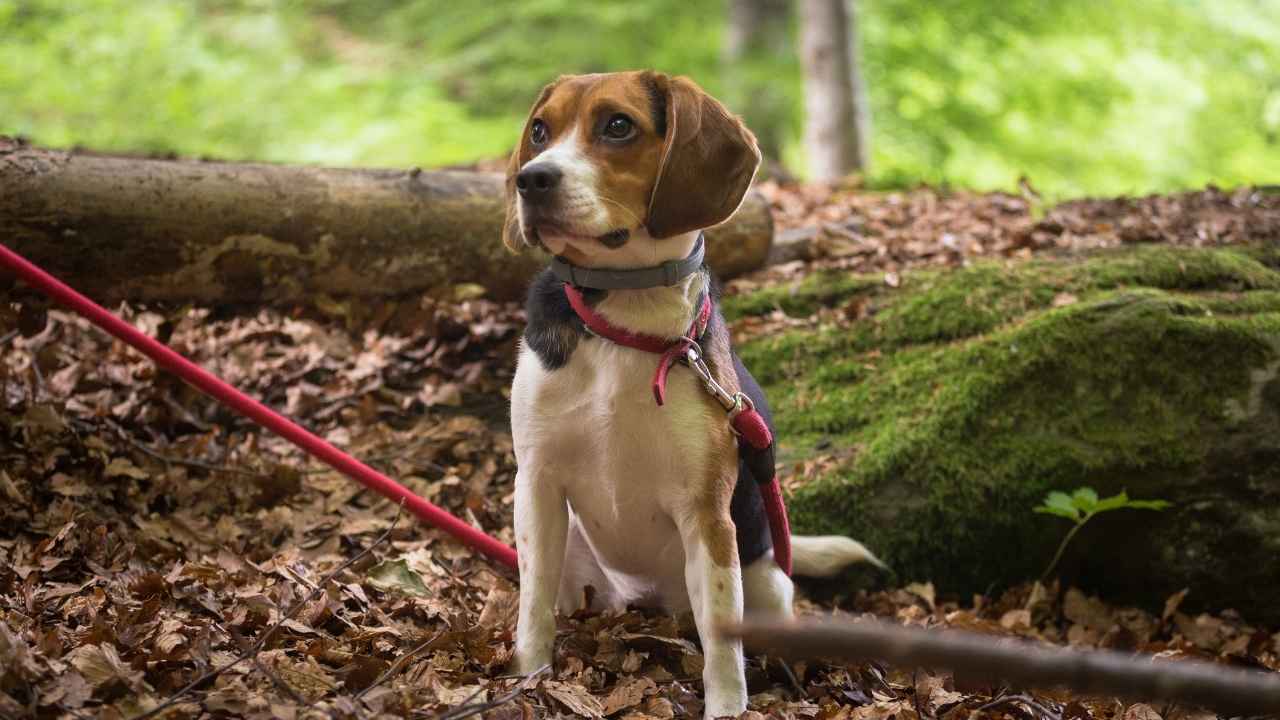
Beagles trace their roots back to ancient Greece, but their modern form developed in England during the 19th century. Bred for rabbit and hare hunting, they became highly valued for their stamina, keen sense of smell, and determination in the field.
Beagles are compact and muscular, standing about 13-16 inches tall and weighing 20-30 pounds. They have a short, dense coat, long ears, and expressive brown or hazel eyes that add to their signature charm.
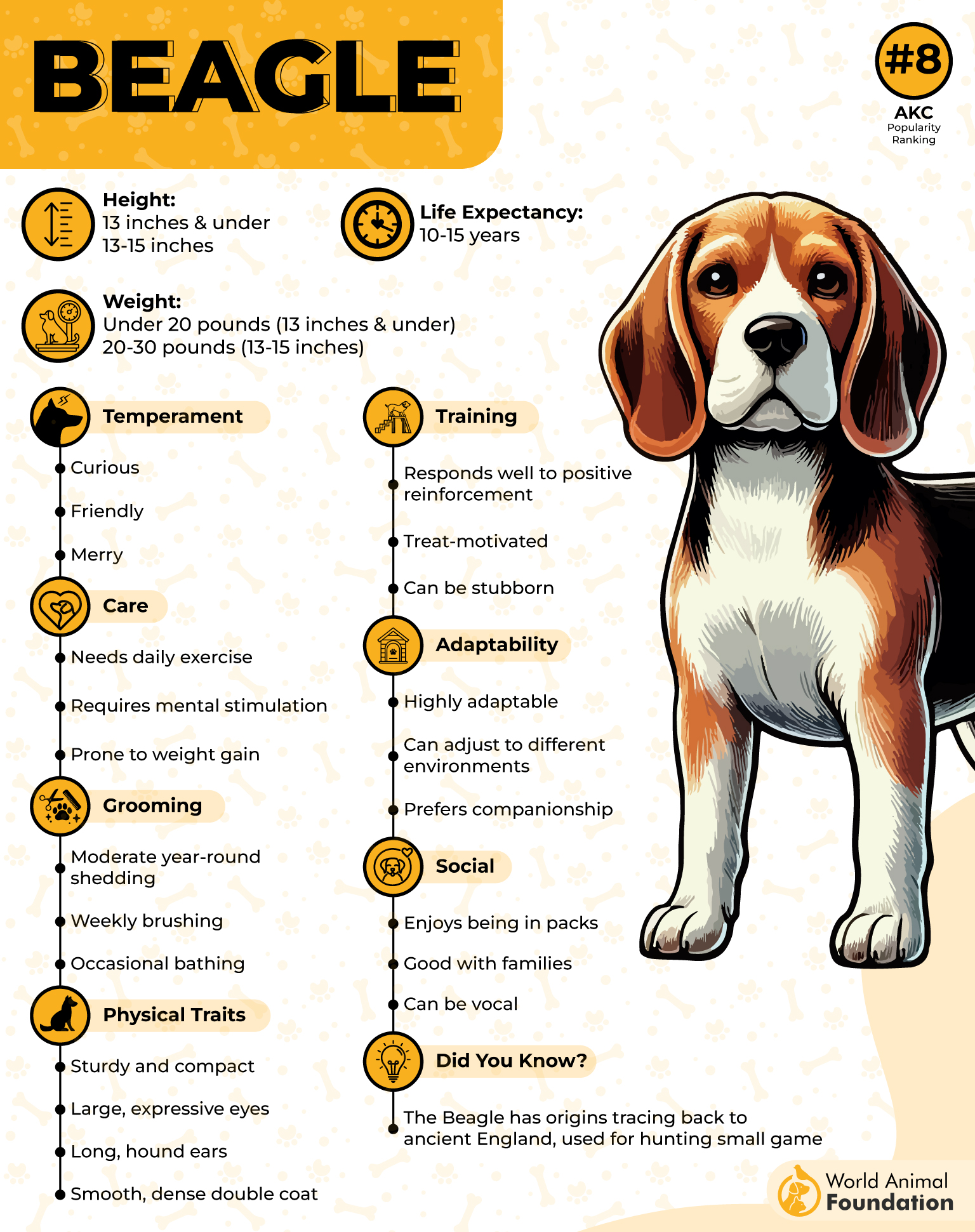
Their primary hunting skill lies in their extraordinary sense of smell, which ranks among the best of all dog breeds. They are scent hounds, meaning they track game using their nose rather than sight, as highlighted by Britannica.
Their loud, melodious baying helps hunters pinpoint their location, while their endurance and persistence make them exceptional in the field.
2. American Foxhound
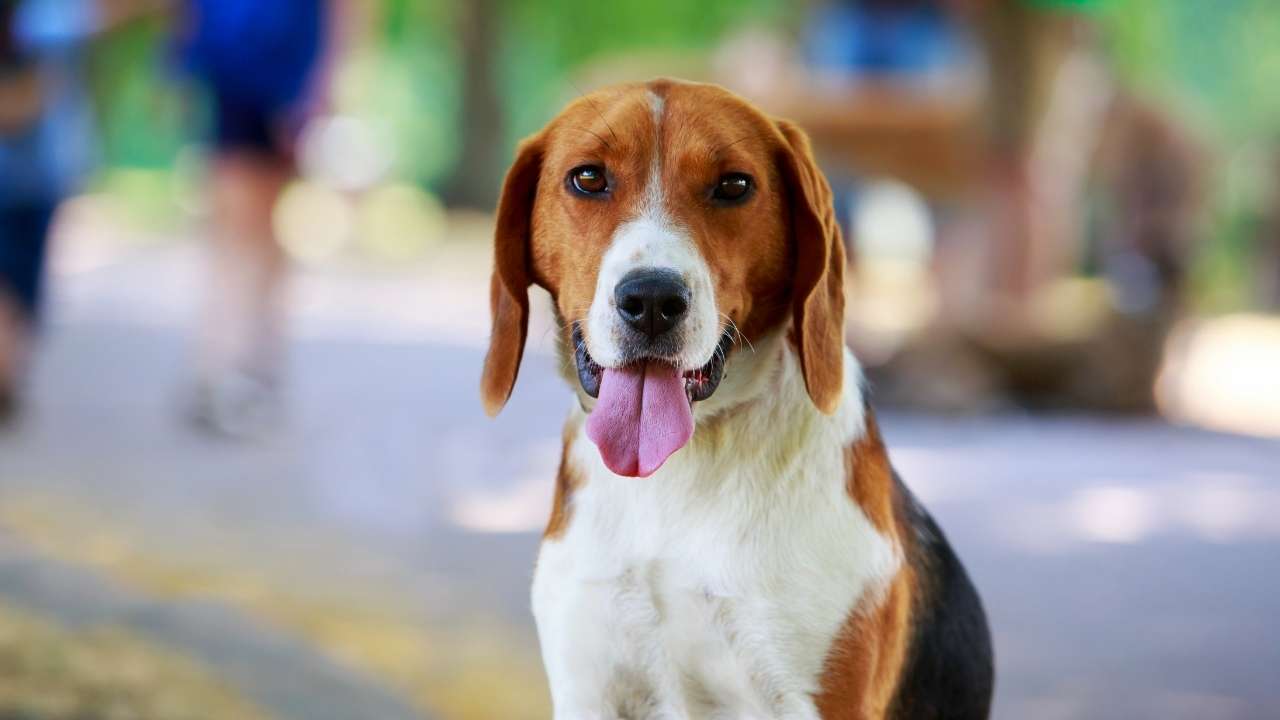
The American Foxhound is a breed known for its endurance, speed, and exceptional hunting abilities. It has a rich history dating back to the early 18th century when European settlers brought English, French, and Irish hounds to the American colonies. These dogs were selectively bred to create a hound suited for hunting foxes in the varied terrains of North America.
Today, the American Foxhound remains a popular hunting dog and loyal adventure partner. Their stamina and relentless pursuit of prey make them exceptional field dogs. They are medium in size, typically weighing between 60-70 pounds and standing 21-25 inches tall.
Regarding their temperament, they are friendly, sociable, and affectionate and get along well with other dogs, making them excellent pack hunters.
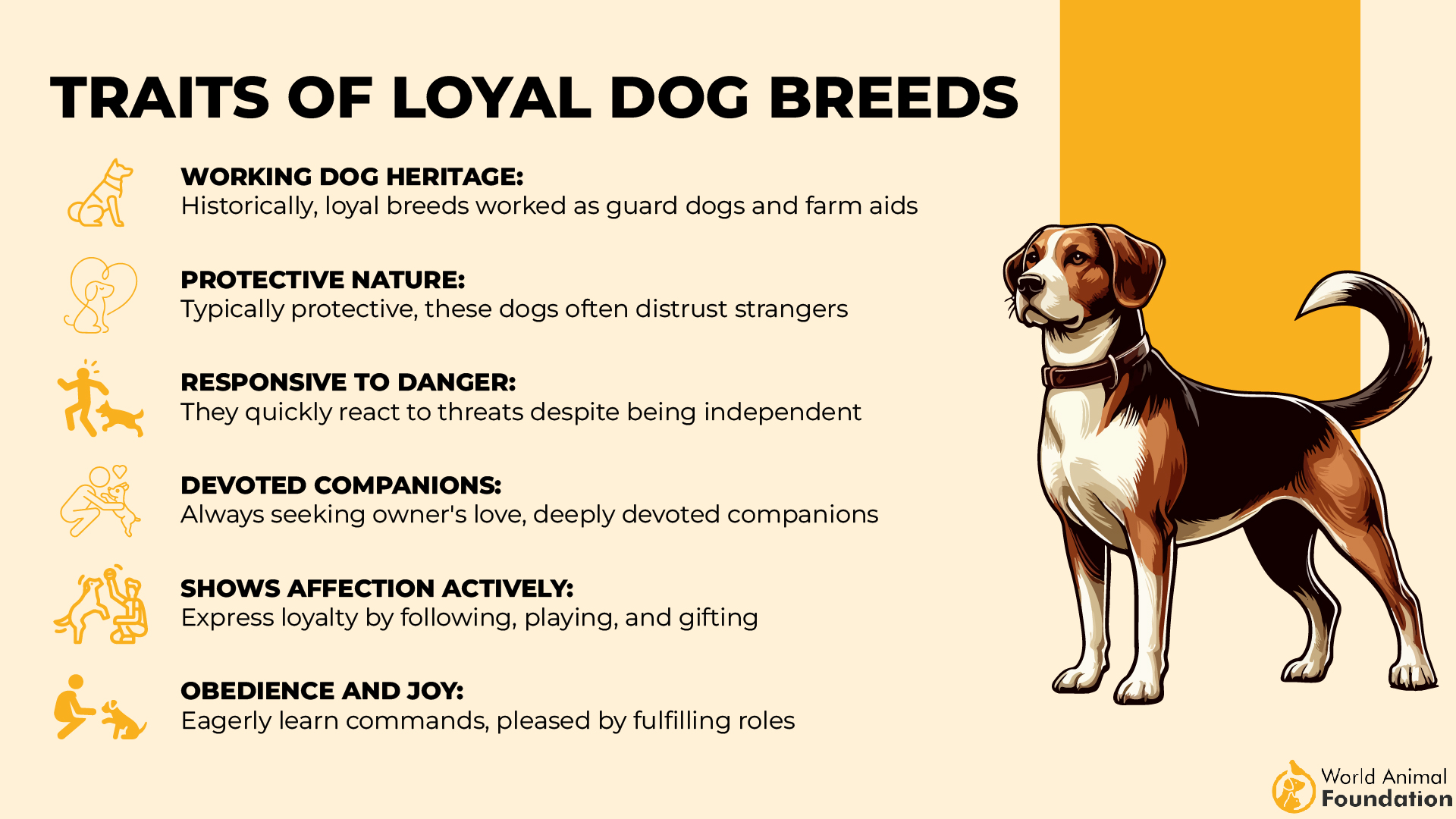
However, their independent nature can sometimes be mistaken for stubbornness. Their playful and adventurous spirit makes them a joy to be around, though they require consistent training to manage their high energy levels.
3. Bluetick Coonhound
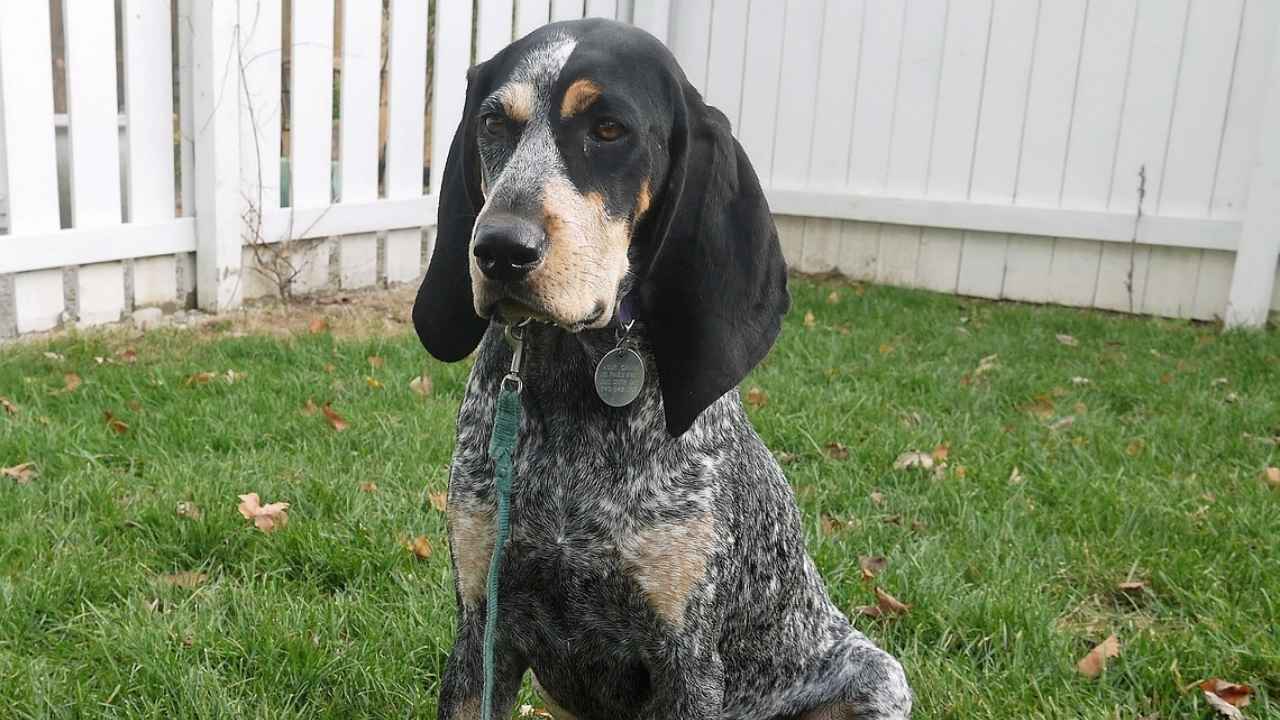
The Bluetick Coonhound is a sleek and powerful hunting dog known for its keen nose, endurance, and distinctive mottled blue coat. Bred primarily for tracking and treeing raccoons, this breed is highly valued by hunters for its exceptional scent-tracking abilities and determination in the field.
It is a medium to large-sized dog with a muscular and athletic build, designed for endurance rather than speed. Males typically stand between 22-27 inches at the shoulder, while females are slightly smaller at 21-25 inches. Their weight ranges from 45-80 pounds, depending on gender and activity level.
While they are driven and focused in the hunting field, PetMD notes that Bluetick Coonhounds are also affectionate dogs who form deep bonds with their families. However, due to their strong hunting instincts, they may not be suitable for homes with small pets unless properly socialized from an early age.
4. Black and Tan Coonhound
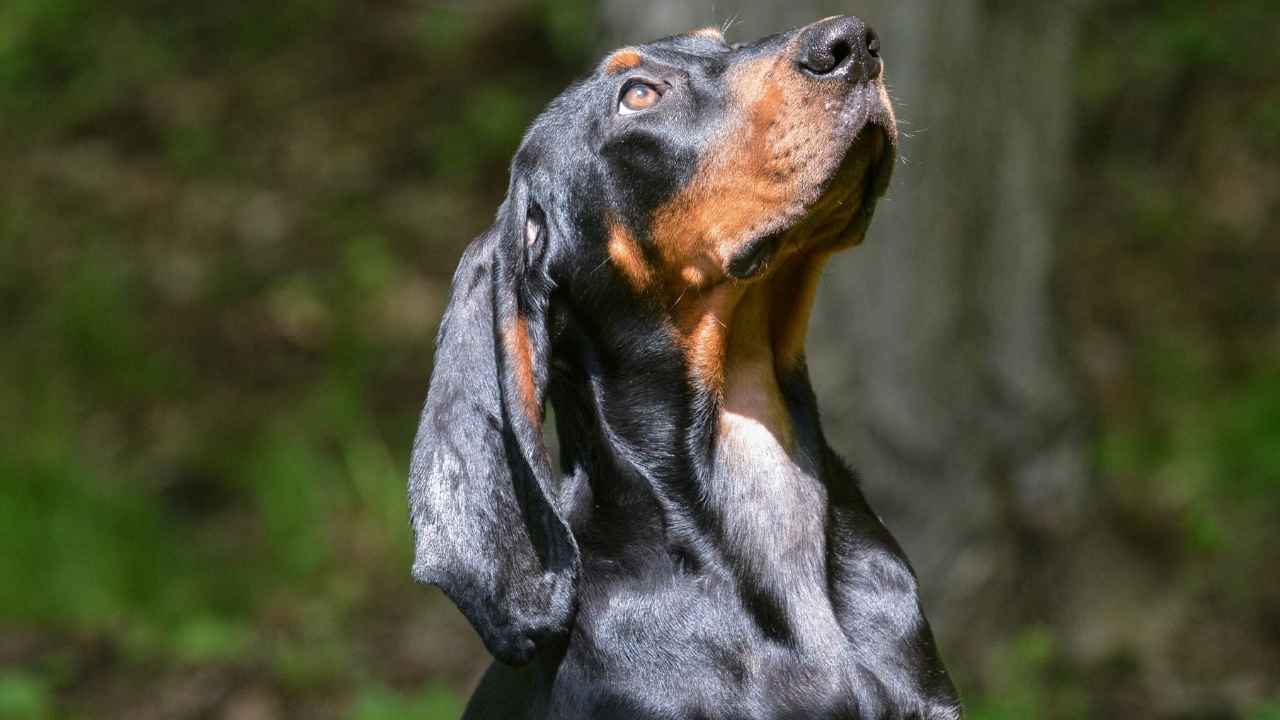
The Black and Tan Coonhound is a powerful and versatile hunting dog, prized for its keen sense of smell, endurance, and strong tracking instincts.
Recognized for its striking black-and-tan coat and deep, melodic bay, this breed has been a favorite among hunters for tracking raccoons and even larger game like deer and bears.
They are large, muscular dogs built for endurance rather than speed. Males typically stand between 25-27 inches at the shoulder, while females are slightly smaller at 23-25 inches, and their weight ranges from 65 to 110 pounds. It’s a highly energetic breed that requires at least 60-90 minutes of exercise daily to stay healthy and happy.
WebMD says that long walks, jogging, and hiking are great ways to keep them physically fit, but they also need mental stimulation to prevent boredom. Scent-based activities, such as tracking games and search-and-rescue training, engage their natural instincts and help keep them mentally sharp.
5. Bloodhound
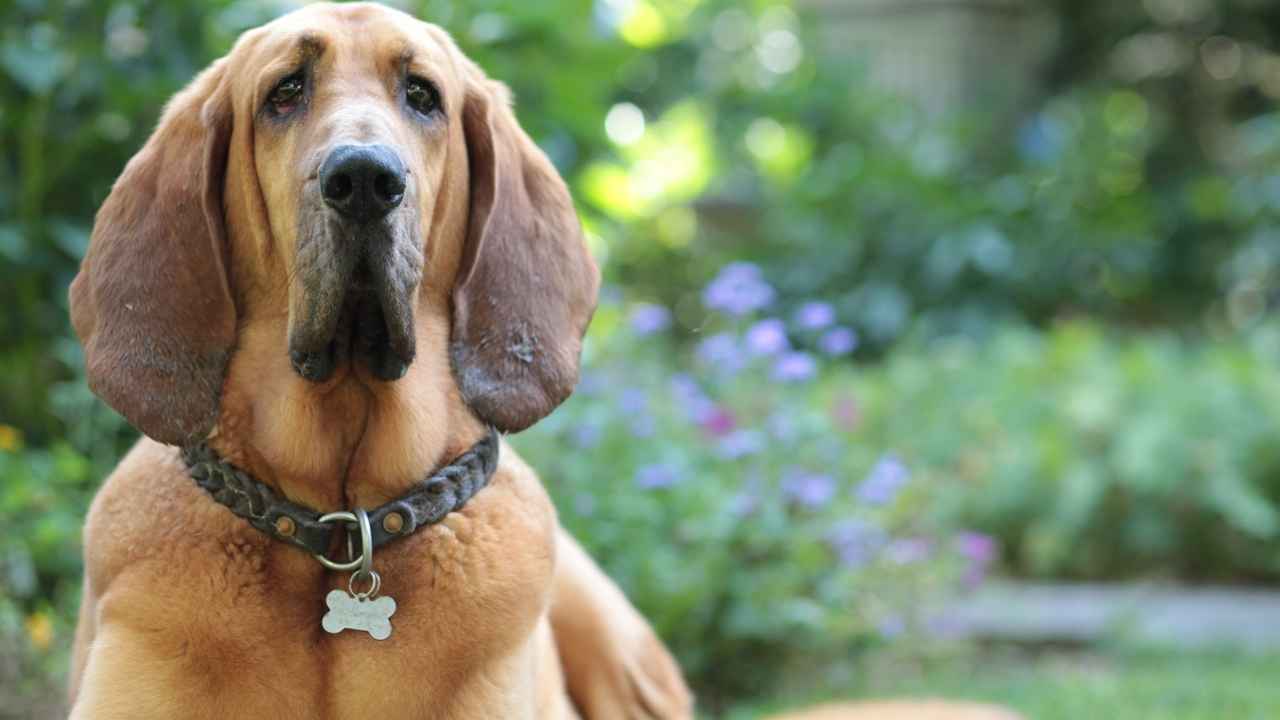
The Bloodhound is one of the most legendary scent hounds in the world, known for its unmatched ability to track scents over long distances and even days-old trails. With its droopy ears, wrinkled face, and soulful eyes, the Bloodhound has a distinctive appearance that complements its exceptional hunting abilities.
This breed has been used for centuries in tracking both game and people, making it a valuable asset to hunters, law enforcement, and search-and-rescue teams.
It’s a large and powerful dog, built for endurance rather than speed. Males typically stand between 25-27 inches at the shoulder, while females range from 23-25 inches while their weight varies from 80-110 pounds. Due to their large size and active nature, they require a protein-rich diet to support muscle health and energy levels.
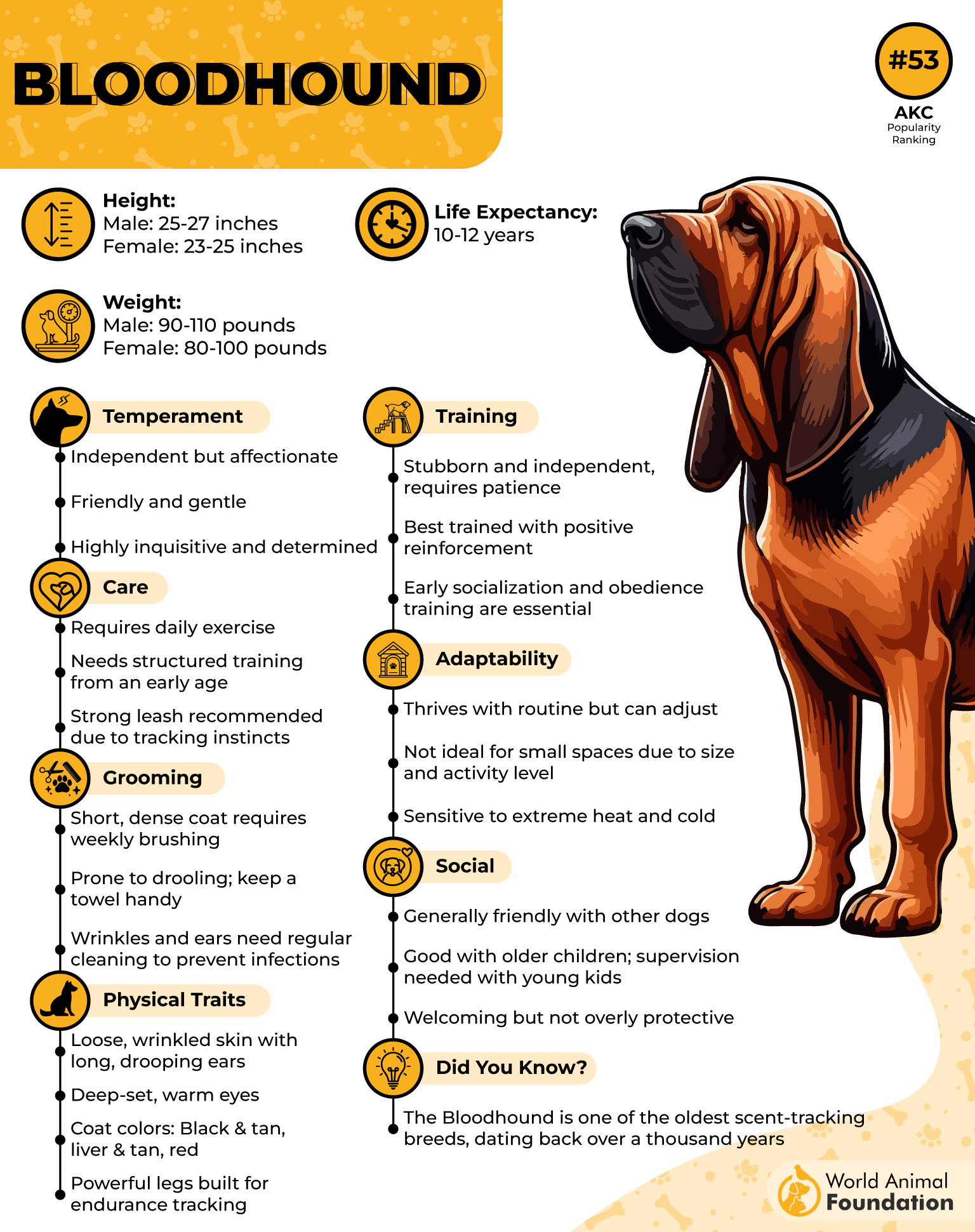
They are known for their gentle and affectionate temperament. They are incredibly friendly, social dogs that form strong bonds with their families. Unlike some other hounds that can be aloof, Bloodhounds are patient and tolerant, making them excellent family-friendly dogs.
6. Basset Hound
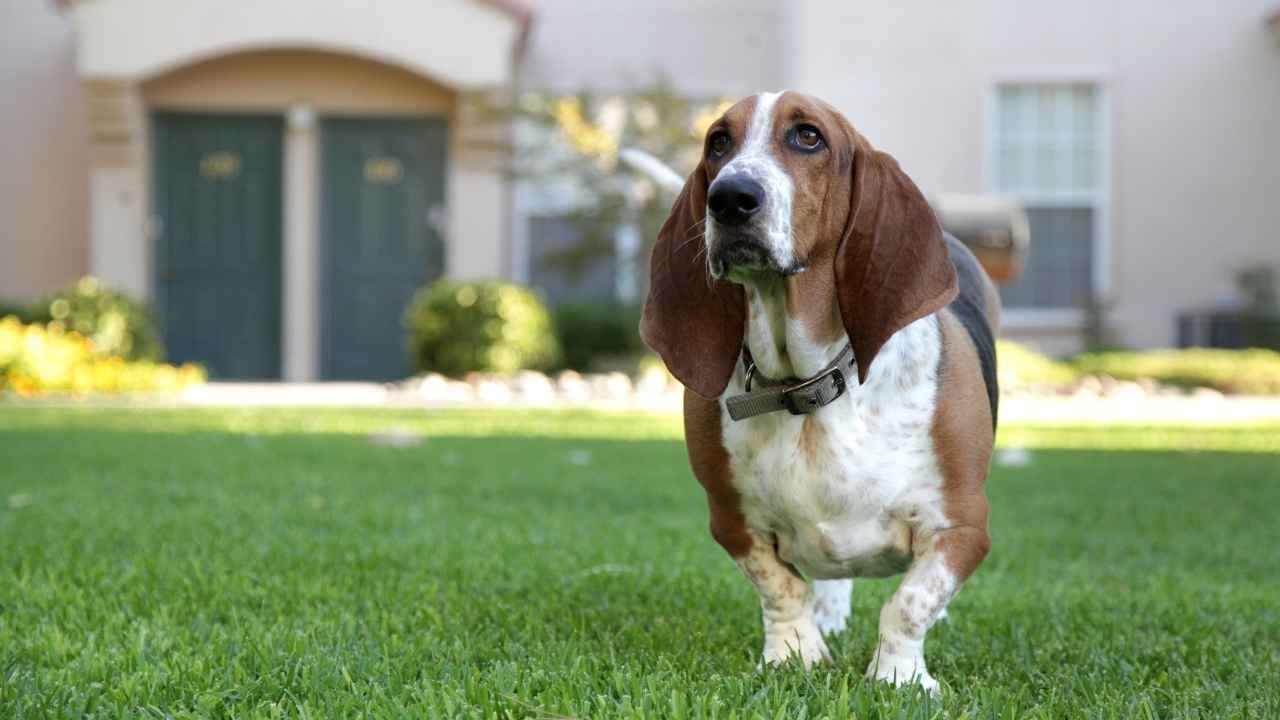
Basset Hounds have a distinctive build that sets them apart from other hunting breeds. They are medium-sized but appear larger due to their heavy bones and sturdy frame. Standing only 13-15 inches tall at the shoulder, they weigh between 40-65 pounds, making them surprisingly dense for their size.
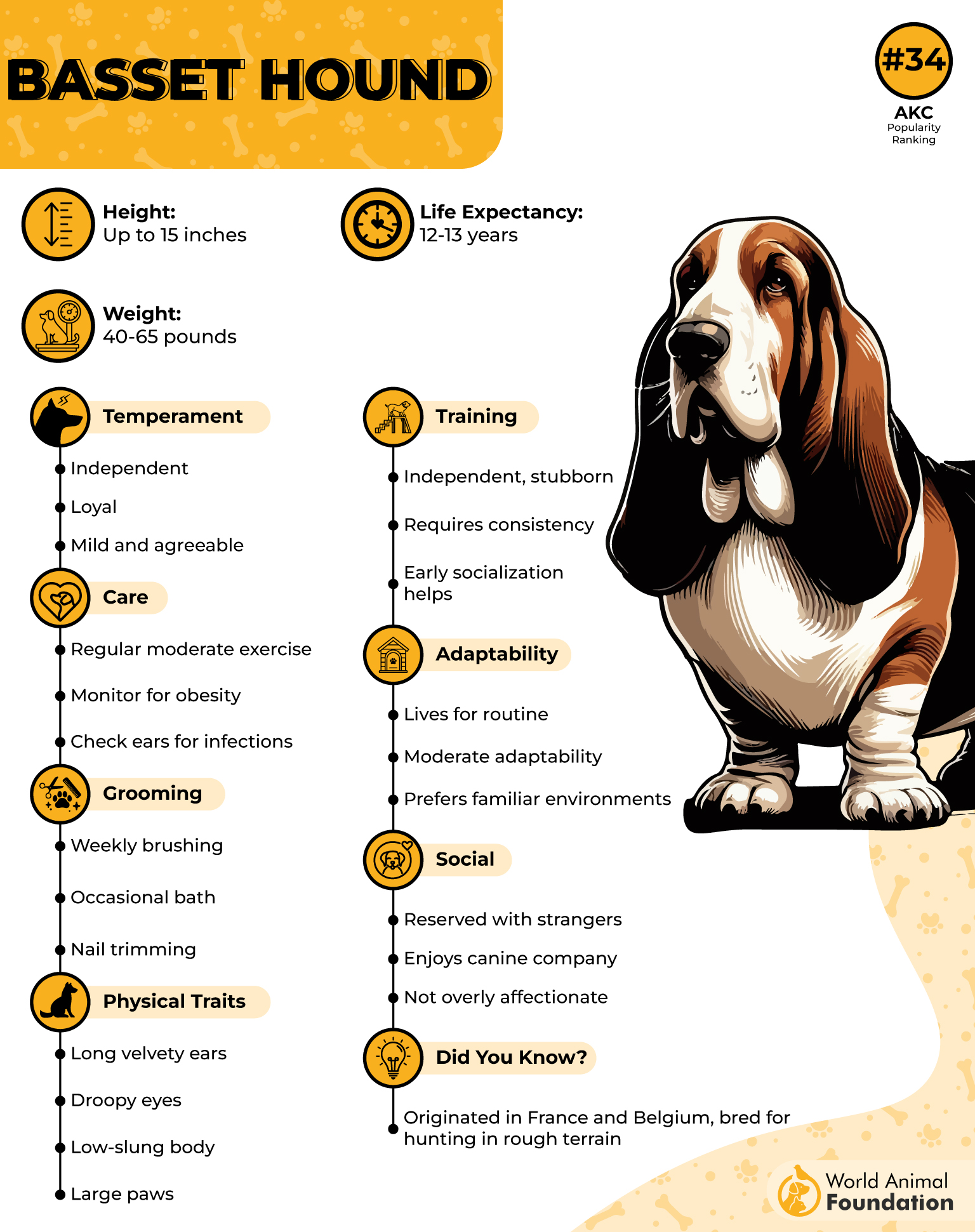
Basset Hounds have short, dense coats that come in various colors, including tricolor (black, white, and tan), red and white, and lemon and white. Despite their short legs, they are incredibly strong and capable of covering long distances when on a scent trail.
They are known for their mild-mannered, friendly, and affectionate personality but they can also be quite stubborn and independent, a trait common in scent hounds.
They tend to be calm and laid-back indoors, often content to lounge around, but when they catch a scent outdoors, their determination kicks in.
7. Redbone Coonhound
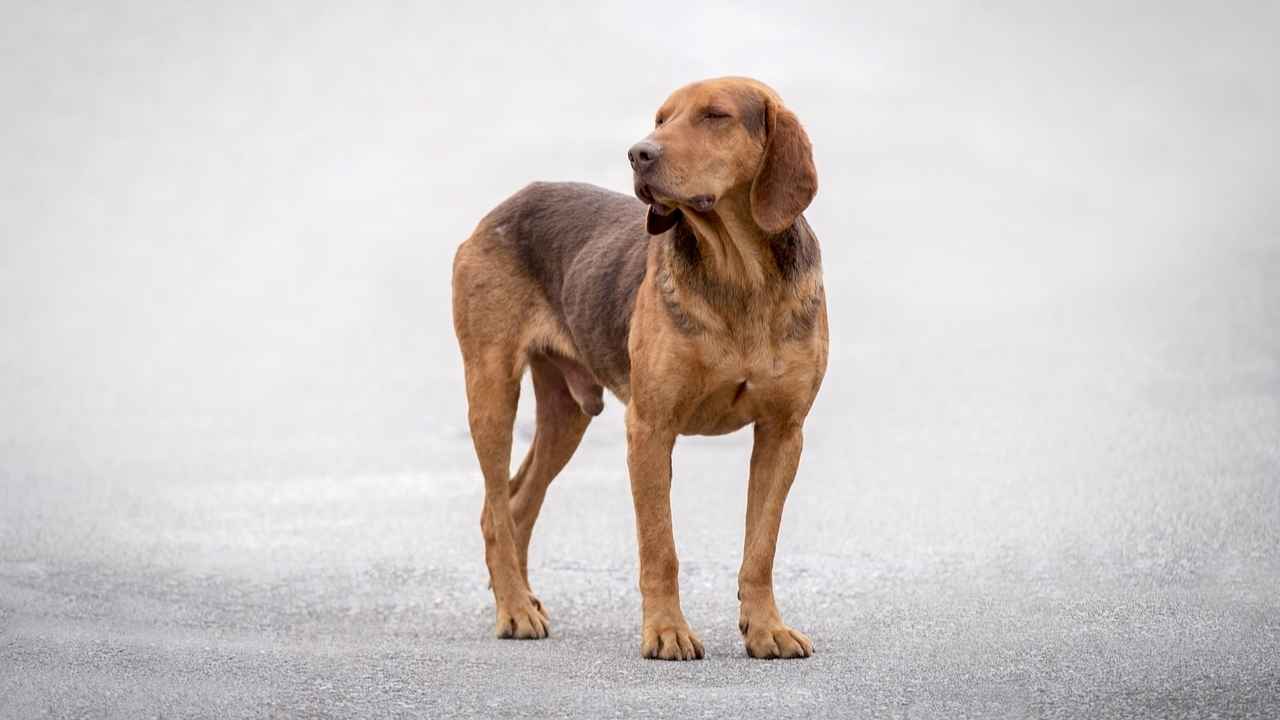
The Redbone Coonhound is a sleek, athletic hound breed known for its striking red coat, endurance, and unwavering determination in the field. A true hunting companion, this breed excels in tracking and treeing game, making it an excellent hunting dog for those pursuing raccoons, upland game, and even big game hunters seeking mountain lions.
Agile and energetic, the Redbone is one of the best hunting dogs for those who need a dependable and hardworking tracker.
Originally developed in the United States, the Redbone is now a well-recognized breed known for its adaptability in various terrains, from dense forests to open fields. Unlike sighthounds, which rely on vision, the Redbone follows scent trails with unmatched precision.
Their webbed feet aid them when navigating wet or swampy areas, making them useful for hunters arriving in diverse hunting environments.
With their friendly and affectionate nature, Redbones make an excellent family pet, bonding closely with their owners while maintaining the drive of a top-tier gun dog. They have strong instincts for rabbit hunts and can also be trained to retrieve birds.
8. Dachshund
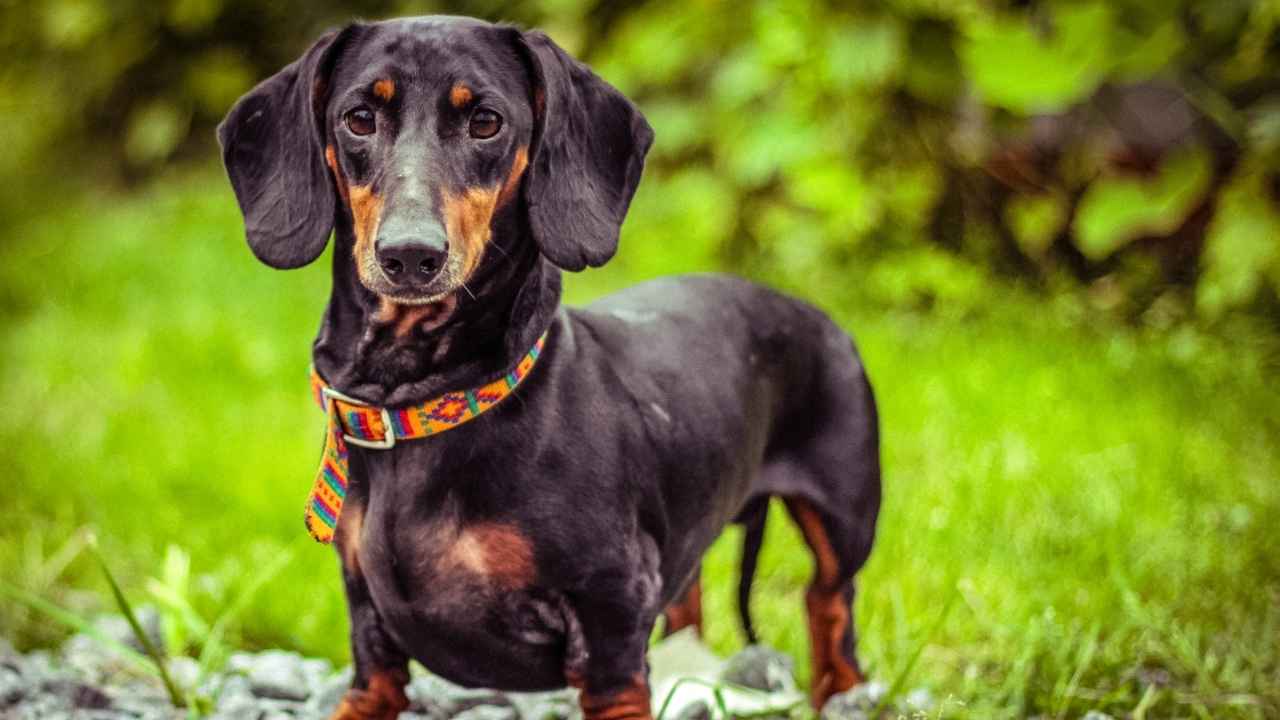
The Dachshund is a compact yet fearless member of the hunting dog breeds, originally bred for pursuing small game like badgers and rabbits. With its elongated body and strong legs, the Dachshund can dig into dens and tunnels to flush out prey, a trait valued by rabbit hunters and those who hunt otters.
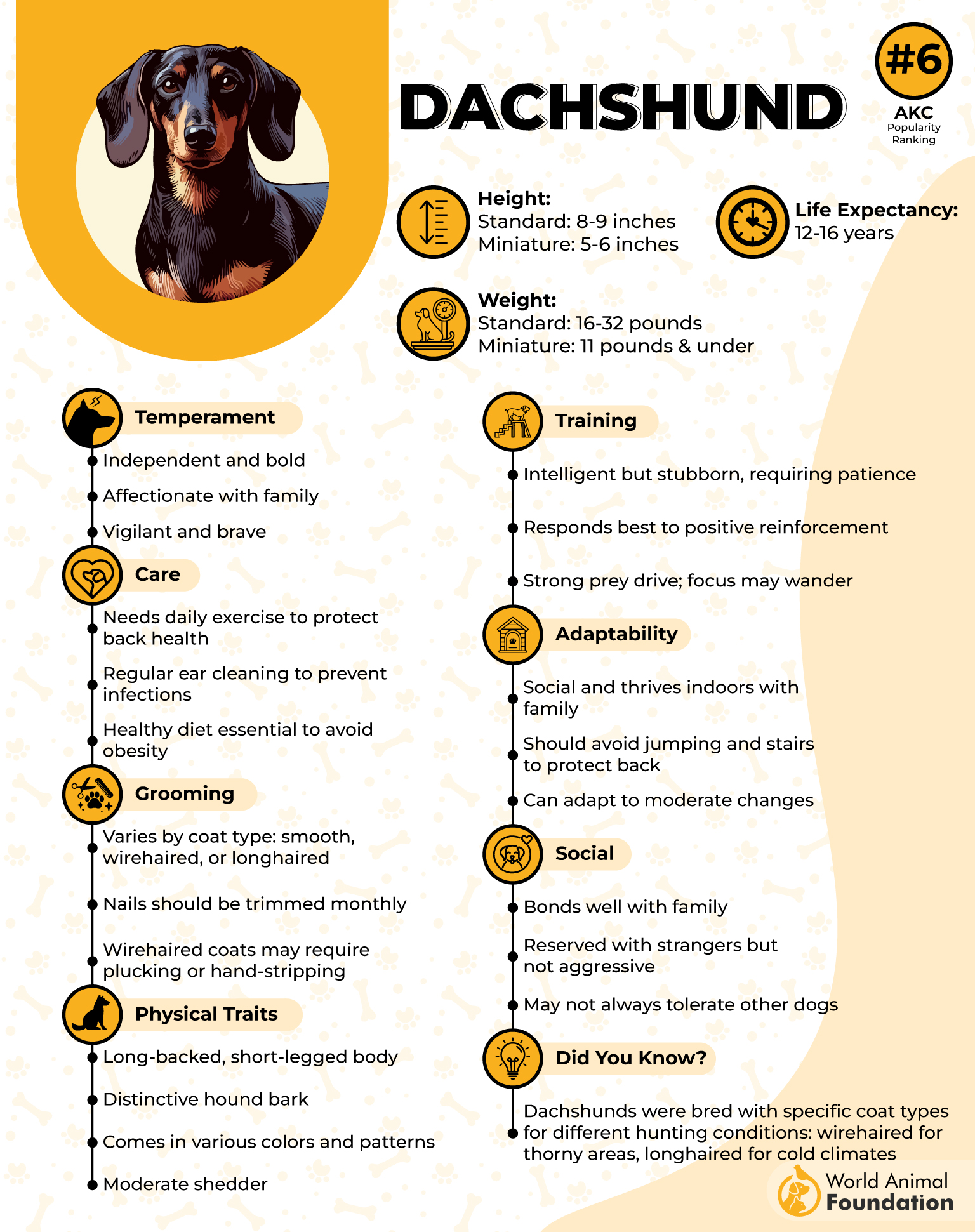
Recognized by both the American Kennel Club and the United Kennel Club, the Dachshund is a versatile dog that comes in two sizes: standard (weighing 16-32 pounds) and miniature (under 11 pounds).
They also have three coat varieties—smooth, long-haired, and wire-haired—with the long-haired variety having a double coat for added insulation. Their expressive eyes, long floppy ears, and strong jaws contribute to their exceptional tracking abilities.
Though originally bred for hunting, the Dachshund is also known as a beloved family dog due to its affectionate temperament and playful nature. However, as high-energy dogs, they need regular exercise to prevent obesity and back issues.
Their intelligence makes them responsive to training, but their independent streak means owners must be firm and consistent. Their prey drive requires consistent basic obedience training, ensuring they do not chase small animals without command.
9. Plott Hound
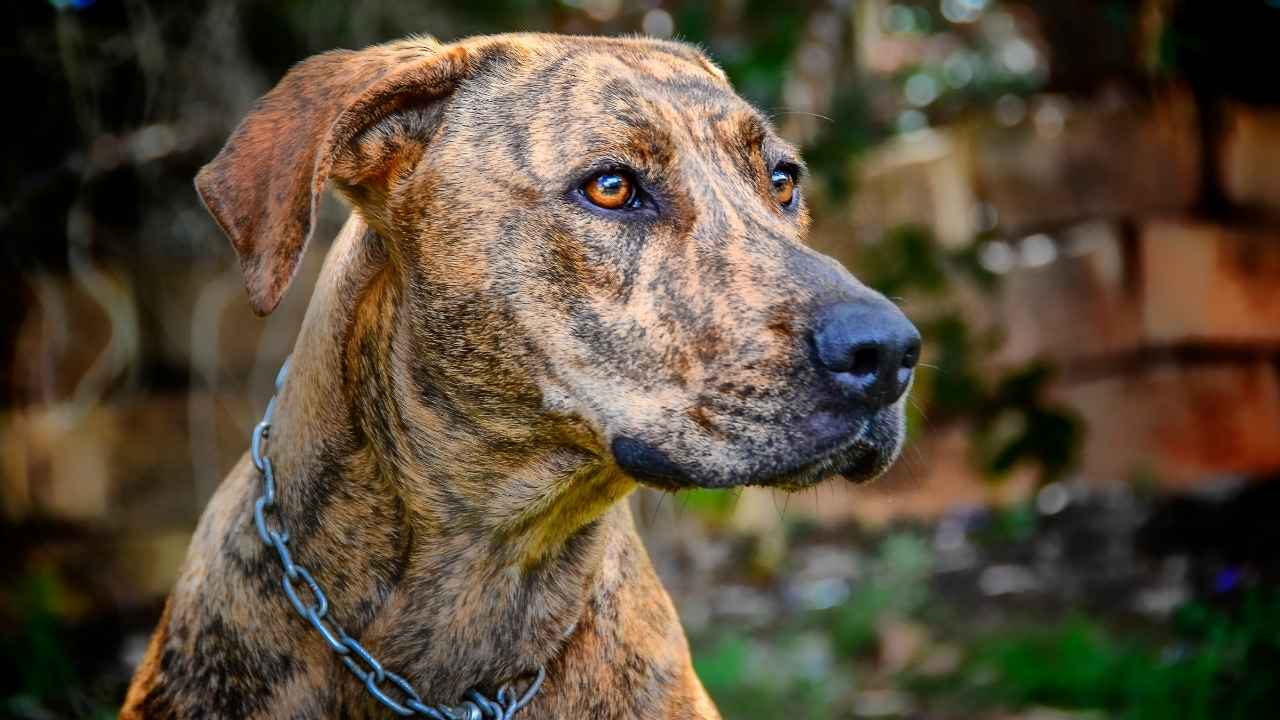
Plott Hounds are powerful, athletic scent hounds with a medium to large size, standing 20-25 inches tall and weighing between 40-75 pounds. As the state dog of North Carolina, this breed has a rich hunting heritage and is highly valued for its ability to track and hunt as well as their exceptional sense of smell and relentless drive.
Like other active dogs, these hounds need rigorous exercise and mental stimulation. They are highly energetic dogs that require early obedience training, especially when owners train hunting dogs for fieldwork. Positive reinforcement works best, as they can be independent thinkers.
Plott Hound specializes in tracking rather than forcing game out of hiding. However, their skills can complement bird hunters pursuing upland birds.
Despite their strength in tracking, they adapt to different types of hunting. Plott Hound remains a trusted and skilled hunting companion.
Conclusion
Hound breeds are more than just hunting companions—they are relentless trackers, loyal partners, and living proof of centuries-old hunting traditions. Their ability to follow a scent for miles, navigate tough terrains, and work tirelessly alongside hunters makes them some of the best hunting dogs in the field.
But beyond their skills in rabbit hunts, bird hunting, or tracking big game, these dogs also bring unwavering loyalty and affection to their owners. While their instincts demand training and activity, their devotion makes them just as cherished at home as they are in the wild.


